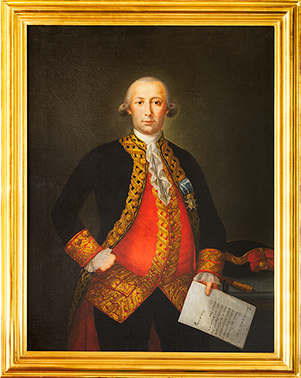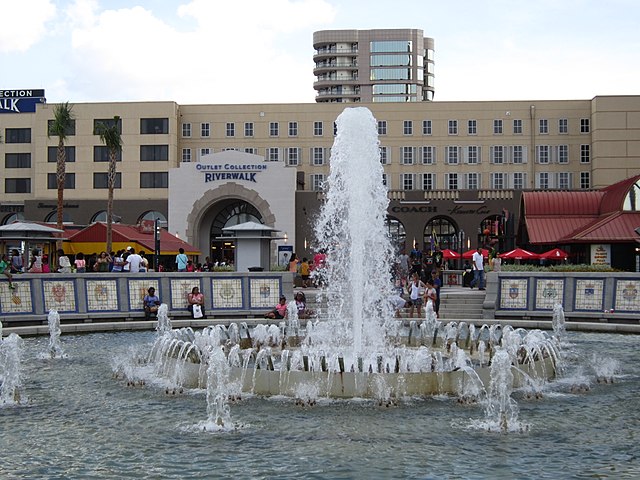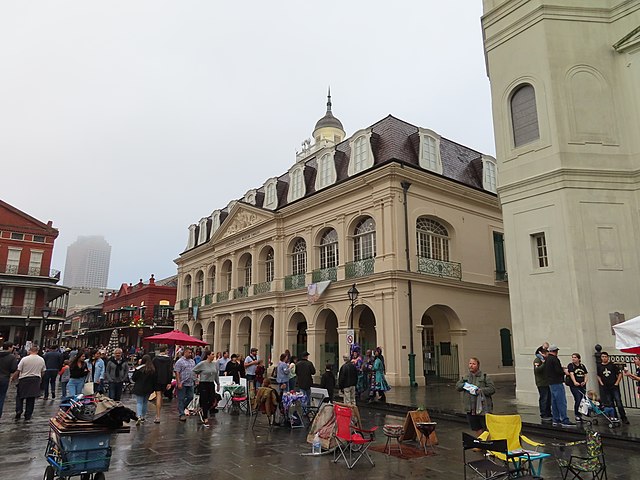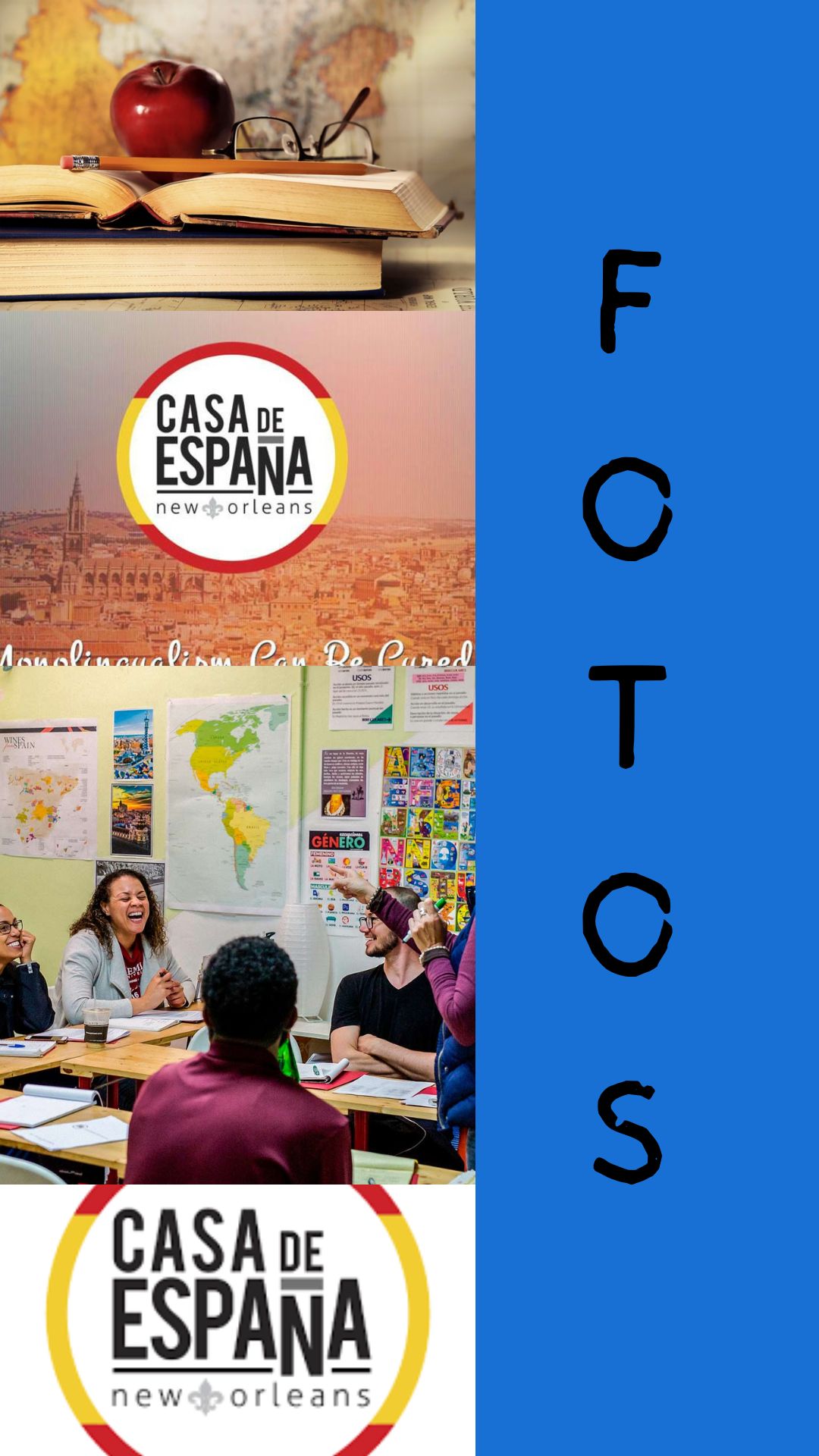Editor’s Note: Not all field trips have to stop when school ends. In fact, a team consisting of Allie Ware, Natasha Brockett, Sophie Callan, Coco Cowen, and Laila Sanchez, all seventh grade students at McGehee School, have put together places in New Orleans that have a connection to Spanish heritage. As a part of Hispanic Heritage month and their Spanish class, these girls researched how and why New Orleans would have such a heavy Spanish influence, and now they’re offering you a tour.

A portrait of Gálvez (photos by: Mary Rickard)
Spanish
Stop on on the tour: North Gálvez Street
¿Por qué hay una calle llamada N Gálvez, y por qué en Nueva Orleans?
Porque tuvo un gran impacto en la comunidad de Nueva Orleans durante la Guerra Revolucionaria.
Gálvez fue un teniente coronel español que gobernó Luisiana antes. Protegió y ayudó a hacer crecer la ciudad de Nueva Orleans. También ayudó en la Guerra Revolucionaria contrabandeando a los estadounidenses materiales vitales que les permitieron luchar contra los británicos.
Source: https://www.battlefields.org/learn/biographies/bernardo-de-galvez
English
Place: North Gálvez Street
Why is there a street named N Gálvez, and why in New Orleans?
Because Gálvez had a huge impact on the New Orleans community and helped in the Revolutionary War.
Gálvez was a Spanish Lieutenant Colonel that governed Louisiana. He protected and helped grow the city of New Orleans while governor by helping build the population, protect the city, and encourage trade. Gálvez also aided in the Revolutionary War by smuggling Americans vital materials that allowed them to fight the British.

Spanish
Stop two on the tour: Spanish Plaza
¿Por qué se llama Plaza de España?
Fue un regalo de España en 1976 para conmemorar la historia entre España y Nueva Orleans.
Los franceses solían ser dueños de Nueva Orleans, pero en 1763, los franceses firmaron un documento entregando Nueva Orleans a España. Aunque los franceses recuperaron Nueva Orleans debido a la Compra de Luisiana, Nueva Orleans tomó muchas ideas de los españoles. Si miras alrededor de Nueva Orleans hoy, verás muchas cosas arquitectónicas de España.
English
Place: Spanish Plaza
Why is it called the Spanish Plaza?
It was gifted from Spain in 1976 to commemorate the history between Spain and New Orleans.
The French used to own New Orleans, but in 1763, the French signed a document handing over New Orleans to Spain. Even though the French took back New Orleans because of the Louisiana Purchase, New Orleans took many ideas from the Spanish. If you look around New Orleans today, you will see many architectural things from Spain.
Spanish
Stop three on the tour: Spanish Island
Porque el colonol español tue a San Bernardo.
En 1976 se crea la Sociedad Cultural y Patrimonial Los Isleños en honor al Carey que se asentó en San Bernardo en 1777. Los canarios se asentaron en San Bernardo porque era similar a su lugar de origen. El clima era similar, la tierra estaba justo sobre el agua y la tierra era buena para los cultivos.
English
Place: Spanish Island
Why did the Spanish colonist decide to go to Saint Bernard?
More people needed to love the to protect there area.
In the 1976 Los Islenos Heritage and cultural Society was made to honor the Canary Islander who settled in St Bernard in 1777. The Canary islanders settled in St Bernard because its was similar to where they are from. The climate was similar the land was right on the water and the land was was good for growing crops.

Photo of the Cabildo
Spanish
Stop four on the tour: The Cabildo and the Presbytère
¿De quién fue la idea de ponerlos a ambos a los lados de la Catedral de St. Louis?
Don Gilberto Gulliemard tuvo la idea de poner el Cabildo y el Presbytère a ambos lados de la Catedral de San Luis.
Guillemard diseñó el Presbytère y el Cabildo y los diseñó de manera muy similar. El Cabildo albergó originalmente al consejo administrativo y legislativo que gobernaba la Luisiana española. El Presbytère, originalmente llamado Casa Curial o “Casa Eclesiástica”, fue construido en el sitio de la residencia, o presbytère, de los monjes capuchinos.
English
Place: The Cabildo and the Presbytère
Who’s idea was it to put the Cabildo and the Presbytère both on the sides of St. Louis Cathedral?
Don Gilberto Guillemard had the idea to put the Cabildo and the Presbytère on both sides of St. Louis Cathedral.
Guillemard designed the Presbytère and the Cabildo and designed them very similarly. The Cabildo originally housed the administrative and legislative council that ruled Spanish Louisiana. The Presbytère, originally called Casa Curial or “Ecclesiastical House,” was built on the site of the residence, or presbytère, of the Capuchin monks.
Spanish
Stop five on the tour: Port of New Orleans
¿Por qué la cultura española y el auge económico para el puerto de Nueva Orleans?
Nueva Orleans se convirtió en un centro importante para el comercio y el comercio después de que España firmó el Tratado de Pinckney en 1795
Cuando Nueva Orleans estaba bajo el dominio español hubo un gran auge económico. Después del acuerdo que firmó España (Tratado de Pinckney en 1795). El acuerdo otorgó derechos de navegación sobre el río Mississippi y el puerto de Nueva Orleans, lo que permitió el comercio.
English
Place: Port of New Orleans
Why was the Spanish culture and economic boom for the port of New Orleans?
New orleans became a major hub for trade and commerce after Spain signed Pinckney’s Treaty in 1795
When New Orleans was under Spanish rule there was a huge economic boom. After The agreement that Spain signed (Pinckney’s Treaty in 1795.) The agreement gave shipping rights to the Mississippi River and The Port of New Orleans, which allowed trade.

Spanish
Final Stop on the tour: Casa de España
¿Cuáles son los objetivos de la Casa de España?
Los objetivos de Casa De España son ayudar a más personas a aprender la cultura y el idioma español y ser un gran programa de aprendizaje hispano de Nueva Orleans.
Casa De España es una de las mayores organizaciones de aprendizaje de español en Nueva Orleans. Tienen cursos para adultos para aprender español. La Casa De España se utiliza todos los días para educar a las personas sobre el idioma español.
English
Place: Casa de España
What are the goals for Casa De España?
The goals for Casa De España are to help more people learn Spanish culture and language and be a very big New Orleans Hispanic learning program.
Casa De España is one of the biggest Spanish learning organizations one New Orleans. They have courses for adults to learn Spanish. The Casa De España is used every day to educate people on the Spanish language.
 NOLAbeings
Multimedia artist Claire Bangser created NOLAbeings as a portrait-based story project that marries...
NOLAbeings
Multimedia artist Claire Bangser created NOLAbeings as a portrait-based story project that marries...
 Data corner: Adobe Suite (create a PDF, social media graphic, presentation, edit a photo and video
Data corner is where you go to work with analytics and top tech skills. It takes on everything from PERL and SQL to Canva and Sprout Social.
Data corner: Adobe Suite (create a PDF, social media graphic, presentation, edit a photo and video
Data corner is where you go to work with analytics and top tech skills. It takes on everything from PERL and SQL to Canva and Sprout Social.

mekarbet88